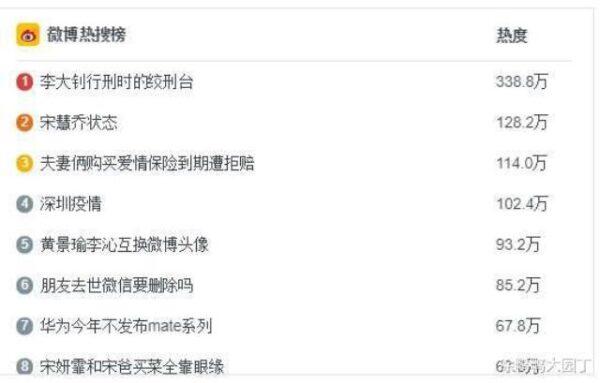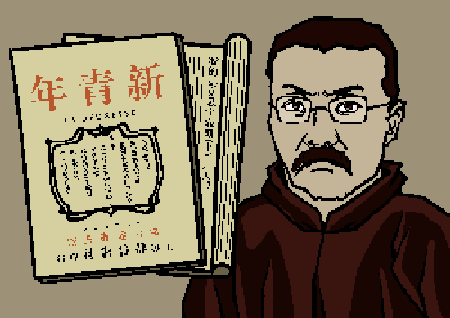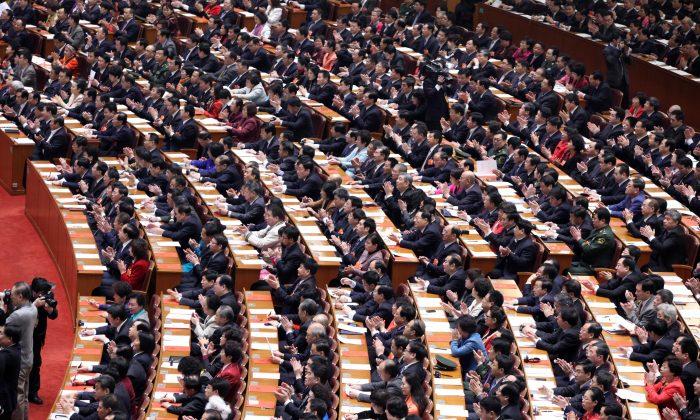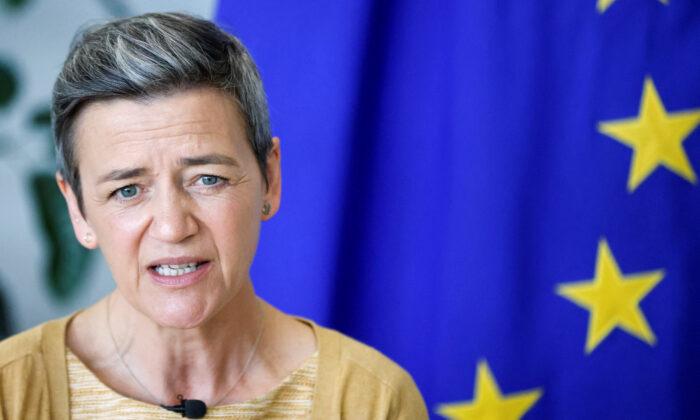The story of the gallows that were used to execute Li Dazhao, one of the founders of the Chinese Communist Party (CCP), became the most searched topic on China’s internet on June 18, shortly after the authorities launched a documentary series, which included Li’s story.
Chinese netizens seem to be interested in finding out why the CCP included Li’s story when celebrating its 100th anniversary, an extremely inauspicious sign for the Party.
Li was arrested and then executed by the warlord Zhang Zuolin in Beijing in 1927. The very gallows that hung Li are still on display in the exhibition hall of the National Museum of China. However, the museum does not provide any explanation for the intriguing history behind it.

Chinese scholar Lin Hui recounted Li’s last days in his article series “Restoring China’s True Contemporary History.” Lin revealed that the gallows were imported specifically for Li at his request.
Li knew very well that the crime he had committed constituted treason, therefore, he must face the death penalty. However, beheading and getting shot by a firing squad were the major execution methods back then. Li asked to be executed in a relatively decent manner, which was hanging, according to Lin.
Crime of Treason
Li is known for introducing and propagating Marxism at Peking University during the early years of the CCP.According to one of the CCP’s historical documents, the Communist International—an international organization controlled by the Soviet Union that advocated world communism—sent people to China to meet with Li and discuss the establishment of the Chinese branch of the Communist International in March 1920.
Li worked at Peking University from the end of 1917 to the beginning of 1927. After meeting with people from the Soviet Union, he began writing articles propagating the Russian Revolution and Marxism. In addition, he was the first to secretly set up the “Marxist Theory Research Association” at Peking University. He also took advantage of the relaxed academic atmosphere of Peking University to set up several Marxist theory courses. Li personally gave lectures on topics such as “Workers’ International Movement.”
Under the instructions of the Communist International, the CCP infiltrated the Kuomintang (Chinese Nationalist Party) by having its members join the Kuomintang as individuals, in order to develop and strengthen the CCP, as well as divide and undermine the Kuomintang.
For instance, when the Soviet Union instigated Mongolia to become independent from China in July 1924, the Kuomintang government and the majority of Chinese citizens condemned the Soviet Union for splitting Chinese territory, while the CCP members inside the Kuomintang all remained silent. When the Soviet Union established a diplomatic relationship with a self-claimed warlord government in Beijing, the CCP members immediately acknowledged the legitimacy of the warlord government, which was an outright violation of their promises when joining the Kuomintang. In addition, these CCP members wantonly defamed the Kuomintang in their Party publications.
Zhang, the warlord in Beijing, had secretly contacted Kuomintang leader Chiang Kai-shek at that time, and chose to side with Chiang to oppose communism.
In 1925, Zhang’s Beiyang (Republic of China) government issued an arrest warrant for Li because he was “using the communist doctrine to gather the masses and repeatedly causing troubles.” Li fled to the Soviet barracks and later sought asylum at the Soviet embassy.
In April 1927, the Beiyang government sent more than 300 police to raid the Soviet embassy, arresting 35 people including Li and 16 staff of the Soviet embassy.
Inside the Soviet embassy, Beiyang police found weapons, ammunition, and large quantities of documents—seven truckloads when they were hauled away—with instructions from the Soviet government and the Communist International to various communist factions in China, ordering them to subvert the Beiyang government. Li also had in his possession a document from the Soviet Union that ordered the CCP to launch an armed uprising.
Beijing’s Propaganda
Li was certainly a criminal guilty of treason. However, the CCP has always been praising him as a communist hero, saying that he died for “promoting Marxism, practicing Marxism,” and he “sacrificed heroically, remained loyal to his faith, and the truth.”Many Chinese netizens who dislike the CCP find it laughable that the party’s 100th anniversary film allowed the appearance of the gallows.
Chinese Youtuber “Raise the Flag” commented that the display of the gallows on the occasion of the CCP’s 100th anniversary celebration is indeed a seriously “bad omen” for the CCP.






Friends Read Free